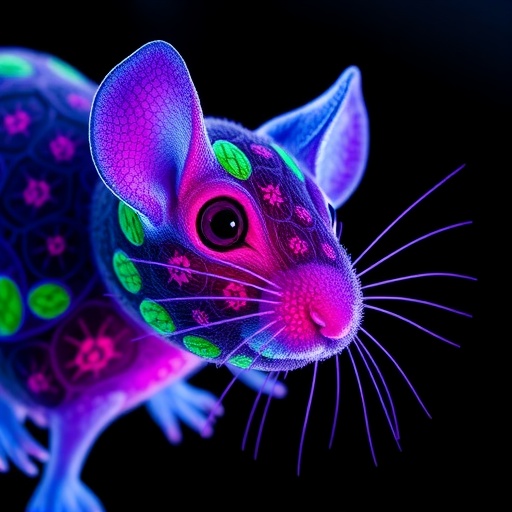Multi-ethnic study reveals DNA methylation sites specific to African Americans
Boston, MA — Everyone feels tired at times, but up to 20 percent of U.S. adults report feeling so sleepy during the day that it interferes with daily activities, including working, having meals or carrying on conversations. Excessive daytime sleepiness (EDS) can lead to car accidents and work-related injuries and may increase risk of stroke and heart disease. Rates of EDS vary by race/ethnicity, but the basis for these differences is not well understood. A new, multi-ethnic study led by investigators from Brigham and Women’s Hospital explores associations between daytime sleepiness and epigenetic modifications — measurable, chemical changes that may be influenced by both environmental and genetic factors. The team finds tantalizing clues about EDS, laying a foundation for larger scale studies of diverse populations. Results of the study are published in the journal Sleep.
“Looking in diverse populations benefits all populations,” said corresponding author Tamar Sofer, PhD, associate biostatistician and director of the Biostatistics core of the program in sleep medicine epidemiology in the Division of Sleep and Circadian Disorders at the Brigham. “We need more studies in ethnically diverse populations, especially for sleep disorders like EDS where there are differences across populations. When we focus narrowly, we have less opportunity to make discoveries.”
For the current study, investigators used data from 619 participants in the Multi-Ethnic Study of Atherosclerosis (MESA) and 483 participants in the Cardiovascular Health Study (CHS). Participants completed a sleep exam, which included questions to assess the likelihood of dozing off during a variety of daily activities. Using this questionnaire, the team could assign a score to each participant on the Epworth Sleepiness Scale, a screening tool for EDS. The team also collected data on DNA methylation — the most commonly studied epigenetic marker. DNA methylation occurs when a methyl group is added at a specific DNA site, influencing the activity of a particular gene.
Among the MESA participants, the team found four sites of DNA methylation that were associated with sleepiness: one across all race/ethnic groups and three among African Americans only. Two of these associations were nominally replicated in the CHS population. When the team looked at only African American participants from both studies, they found 14 DNA methylation sites associated with sleepiness. Some of these sites were found in genes that have been previously reported as associated with sleep traits. The team found additional overlap in a follow-up study of genes associated with sleepiness in data from the UK Biobank.
DNA methylation is thought to be influenced by a variety of environmental factors, such as exposure to air pollution, stress and diet, as well as a person’s genetics.
“We’ve uncovered multiple sites, but our search is continuing,” said Sofer. “What’s interesting about epigenetics is that it’s modifiable — lifestyle exposures can change these markers. If we can eventually use epigenetics as a readout or marker for excessive sleepiness and understand what causes these changes, we may be able to find ways to intervene to alleviate the burden of EDS.”
###
Funding for this work was provided by the National Cancer Institute (grant T32CA094880), the National Heart, Lung, and Blood Institute (R01HL113338, R35 HL135818, R01HL113338), the National Institutes of Health (NIH R01DK107859, R01DK102696 and R01DK105072) and Sleep Research Society Foundation Career Development Award 018-JP-18.
Media Contact
Mark Murphy
[email protected]




